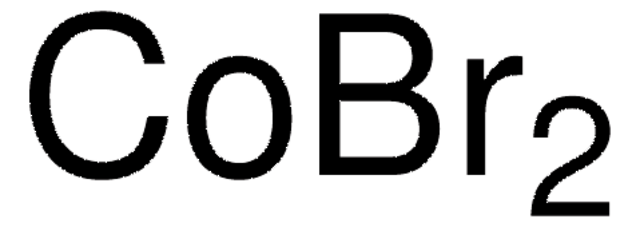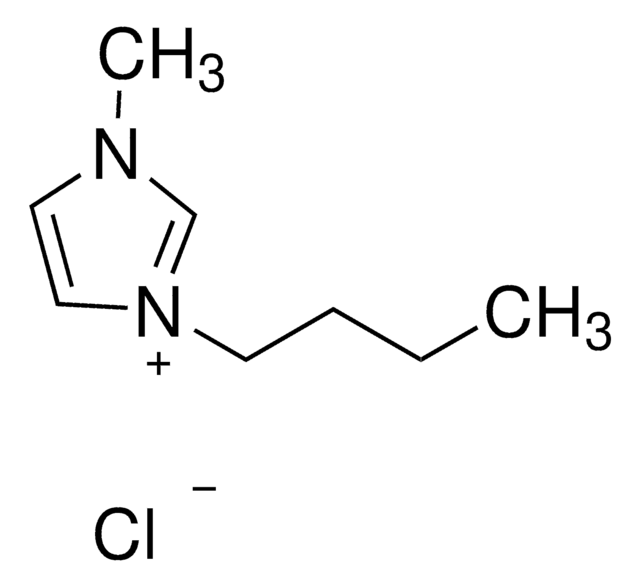398470
Gold(III) bromide
99.9% trace metals basis
Synonym(s):
Auric bromide, Gold tribromide, Gold(3+) tribromide
About This Item
ethanol: slightly soluble(lit.)
Recommended Products
grade
for analytical purposes
Assay
99.9% trace metals basis
form
powder
reaction suitability
reagent type: catalyst
core: gold
impurities
≤1500.0 ppm Trace Metal Analysis
solubility
H2O: slightly soluble(lit.)
ethanol: slightly soluble(lit.)
SMILES string
Br[Au](Br)Br
InChI
1S/Au.3BrH/h;3*1H/q+3;;;/p-3
InChI key
OVWPJGBVJCTEBJ-UHFFFAOYSA-K
General description
Application
- As a precursor to synthesize gold nanoparticles for perovskite nanocrystals.
- As a catalyst for dehydrogenative coupling of amines and phenylglyoxal derivatives to synthesize α-Ketoamide.
- For the chemoselective annulation of isocyanates with 2H-azirine.
Signal Word
Danger
Hazard Statements
Precautionary Statements
Hazard Classifications
Skin Corr. 1B
Storage Class Code
8A - Combustible corrosive hazardous materials
WGK
WGK 3
Flash Point(F)
Not applicable
Flash Point(C)
Not applicable
Personal Protective Equipment
Choose from one of the most recent versions:
Already Own This Product?
Find documentation for the products that you have recently purchased in the Document Library.
Customers Also Viewed
Articles
We are proud to offer a treasure-trove of gold precatalysts and silver salts, as well as an extensive portfolio of unsaturated building blocks to accelerate your research success in this exciting field.
Plasmonic nanoparticles have unique optical properties that can be tailored to suit a variety of applications in the biotechnology1–8 and electronics9–16 industries.
Our team of scientists has experience in all areas of research including Life Science, Material Science, Chemical Synthesis, Chromatography, Analytical and many others.
Contact Technical Service












